Stretch Marks: Causes and Treatment

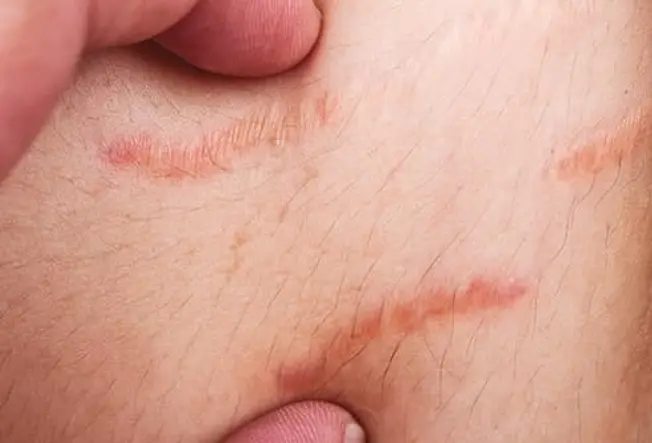
Stretch Marks Are Scars
If your skin is stretched farther than it’s used to in a short period of time -- during pregnancy or a childhood growth spurt, for example -- the elastic fibers in your skin can tear. Those damaged areas make long, thin scars called stretch marks. They can show up as pink, red, or purple streaks.
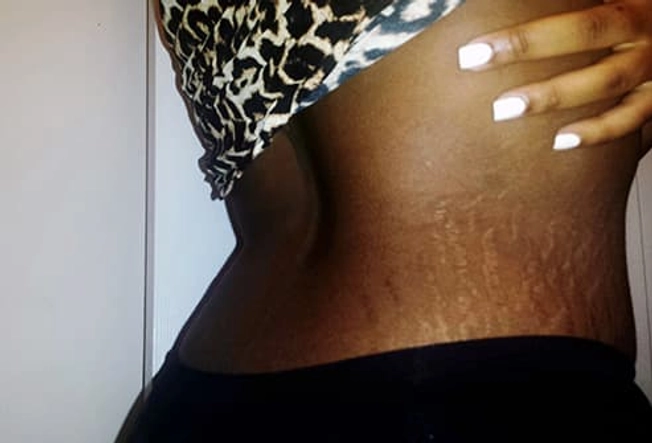
Where You Get Them
You won’t get stretch marks on your face, hands, or feet, but they can be almost anywhere else. They’re most likely to be where your body stores fat, like your belly, hips, thighs, breasts, and buttocks. You also might notice them on your lower back or the backs of your arms. Genetics may play a role in stretch marks. For example, if your mother got them on their thighs during pregnancy, you may be more likely to have them there.
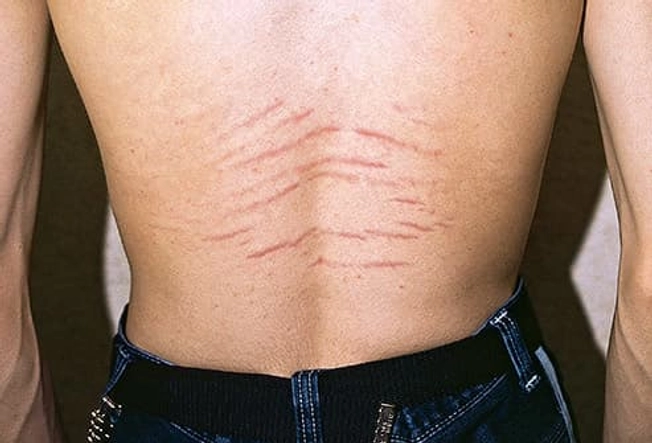
Anyone Can Get Them
An estimated 50% to 90% of women have them, but men can get them, too. It’s also common for teen girls (breasts, thighs, hips, or buttocks) and boys (lower backs or hips) to get stretch marks during growth spurts.

They Don’t Go Away
Like any other scars, stretch marks are permanent. But in time, they usually fade and become a little lighter than the rest of your skin -- they may look white or silvery. If you feel self-conscious about them, remember, more than half of adults have them.

Cause: Weight Gain
You can get stretch marks when you’re young and your body is changing quickly. The more weight you gain and the faster you gain it, the more likely you are to have stretch marks. Putting on lots of muscle mass quickly, as bodybuilders sometimes do, can also cause them.

Cause: Pregnancy
They’re most common during and after your sixth month. Your body expands as your baby grows, but that might not be the only reason for stretch marks. Changes in your hormones during pregnancy can affect your skin and make it more likely to “tear.”

Cause: Medication
Some drugs can cause weight gain, swelling, bloating, or other physical changes that stretch your skin and lead to stretch marks. Hormones (like birth control pills) and corticosteroids (which ease inflamed areas of your body) are two that can do this. If you take a medication and are concerned about stretch marks, talk to your doctor about things you can do about them.
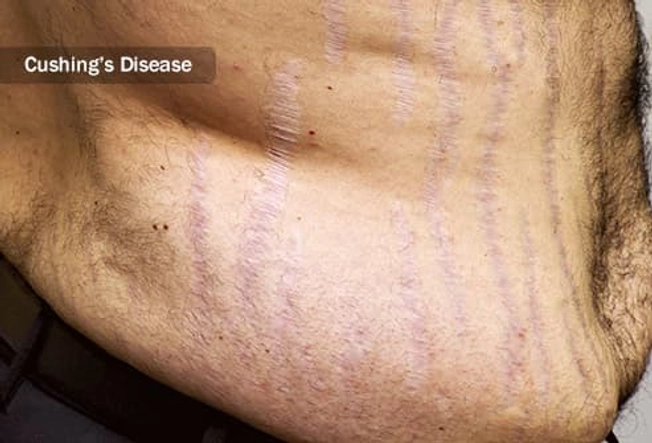
Cause: Medical Conditions
Any health condition that leads to weight gain, sudden growth, or skin problems may cause stretch marks. Some medical conditions lead to physical changes that can bring them on. For example, problems with your adrenal glands, like Cushing’s disease and rare conditions like Marfan and Ehlers-Danlos syndromes (which affect the tissues that connect body parts), can make you more likely to get them.
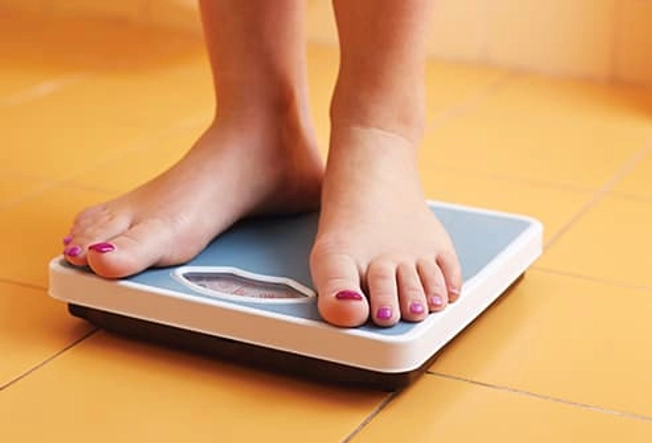
Can You Prevent Them?
Experts think genetics play a role in stretch marks, but if your parents had them, that doesn’t mean you will, too. One of the best ways to prevent them is to keep your weight steady. Drinking plenty of water may help prevent damage when your skin stretches. And foods that keep your skin healthy may cut your odds, too. Eat foods rich in zinc, like nuts and fish, and ones with vitamins A, C, and D, like citrus, milk, and sweet potatoes.
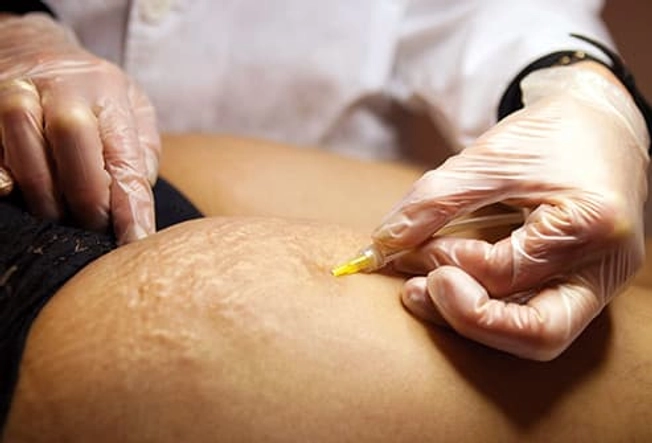
See a Dermatologist
A board-certified skin specialist is the best person to talk with about skin issues, including stretch marks. They can tell you about the best treatments for your skin type, and ways to lower your odds of getting more. Be sure to tell them all the medications you take (including vitamins and over-the-counter drugs) and if you’ve had any other health problems.
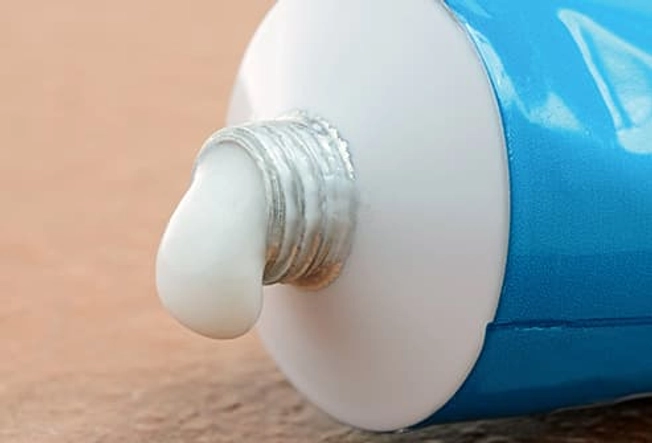
What May Help: Retinol Products
Retinol, which comes from vitamin A, may help make stretch marks less obvious. It makes your skin cells shed, or “turn over,” faster and may make new skin grow faster, too. The catch: You have to start using it soon after stretch marks show up, and then use it regularly for it to work. And the type of retinol that’s been shown to work (tretinoin) is only available by prescription. Talk to your dermatologist about whether you should try it.
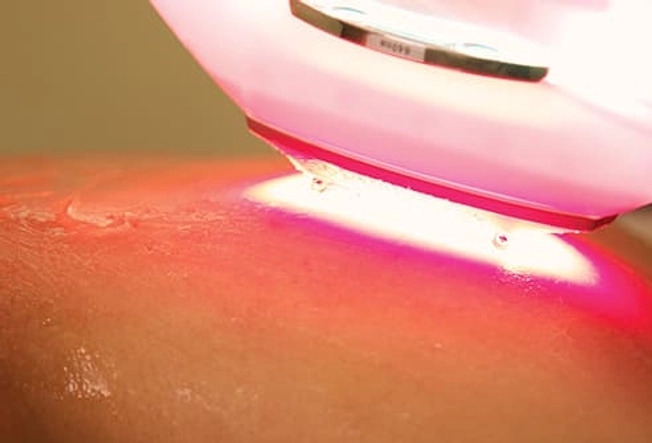
What May Help: Laser Therapy
The American Society for Dermatologic Surgery says laser or light therapy can make stretch marks less noticeable -- light triggers skin changes that help stretch marks blend in. Research shows they’re most effective for medium-tone skin. Laser treatments can be expensive, and it can take 20 sessions to see results. If you go the laser route, see a board-certified dermatologist or plastic surgeon who has worked with your skin tone.
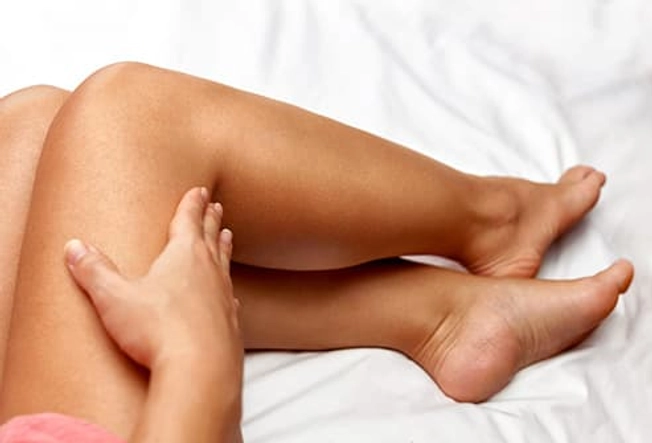
What May Help: Self-Tanning Products
These lotions and sprays can darken your stretch marks and make your all-over skin tone look more even. That can make them less obvious, especially if they’re white or very light in color. You may have to try different products and shades before you find one that works best for you.
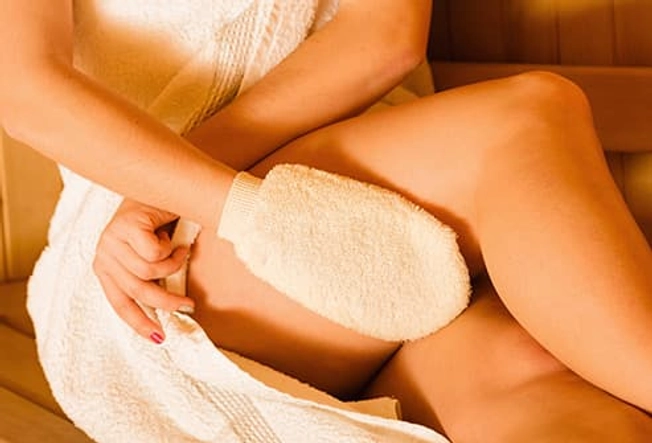
Not Likely to Help: Exfoliating
Ads for exfoliating treatments may claim that they make stretch marks less noticeable. Scrubs, buffs, and microdermabrasion (this removes the top layer of skin with a tool) can make your skin smoother. But there’s no proof that any of these treatments actually help -- and some dermatologists think microdermabrasion may make stretch marks worse.
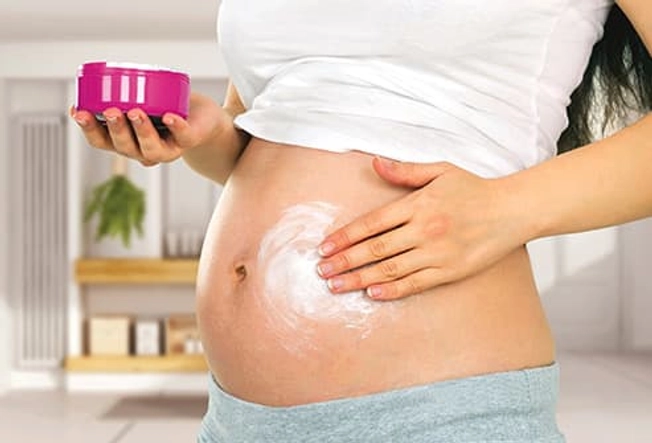
Not Likely to Help: Most Lotions and Creams
Many skin products claim to fade stretch marks. But there’s little evidence that over-the-counter products can fix the torn elastic fibers that cause them. And experts don’t know if rubbing oils or cocoa butter products will prevent stretch marks during pregnancy, either. They may make your stretching skin less itchy, though, which can make you more comfortable.
